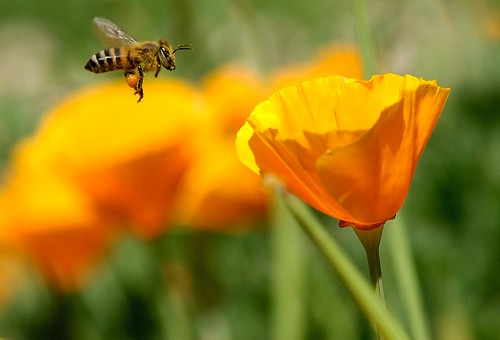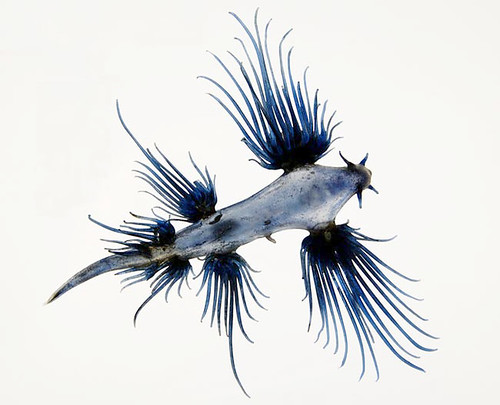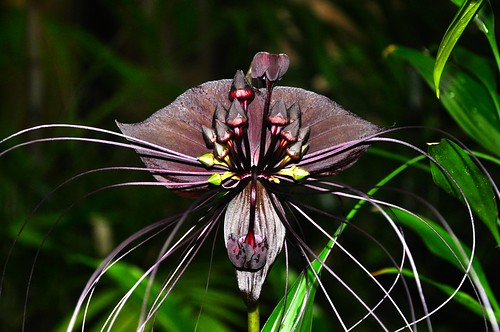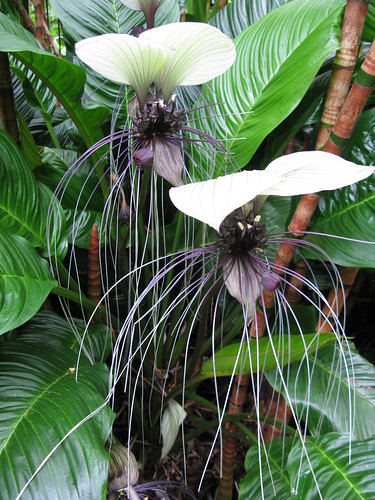Sorry everyone for letting this blog lapse. I'm posting here because theonlinecitizen.com keeps crashing, and I think there should be a stable mirror of the content. The original can be accessed
here-
God sneaks into our classrooms
Monday, 3 August 2009, 11:13 am | 361 views
Lim Say Liang
In 2005, after complaints from the public, the Ministry of Education (MOE) rapped the knuckles of teachers who openly proselytize in class: “’The MOE takes a firm stand on religious proselytising by teachers,” the statement said. “Our schools are secular, and teachers should not be engaged in proselytizing their students. Otherwise we face a real risk of undoing the multicultural and multi-religious sensitivity and harmony that Singapore has built up over the years, and which our schools seek to cultivate in each new generation….”
But that hasn’t stopped some teachers from trying an endaround. Who knows exactly where coursework ends and proselytising begins? What if proselytisation looks like coursework?
Michelle (not her real name) was given two comprehension passages last year when she was in Secondary 2. The first was a National Geographic article about individuals obsessed with the Loch Ness Monster. The questions her English teacher drew up were not out of the ordinary. (The Loch Ness Monster has been used in Evangelical Christian curriculums as evidence that disproves evolution.)
The second was culled from a website. It mentioned the global flood from the biblical story of Noah and the Ark, made other biblical references, and there was criticism of those who accept the Theory of Evolution. “The questions didn’t require critical-thinking at all,” said Mullai Pathy, Michelle’s tutor who is trained by the National Institute of Education. “These were questions that sought to reinforce particular religious beliefs.”
Shortly after, a Creation-Evolution debate was staged in Michelle’s class. She and several classmates protested the topic, citing its obvious religious nature. The teacher waved aside their concerns. A visiting teacher sat in during the debate. Neither raised objections when the “Creation team” quoted from the bible. At the end of the debate, they were commended for raising “many points.” “Not everyone in my class is Christian,” said Michelle.
According to the U.S. National Academies of Sciences, “Evolution consists of changes in the heritable traits of a population of organisms as successive generations replace one another.” (For a more detailed explanation,
please see here.)
Creation or Creationism is the belief that God created everything, basically. However, there are many views as far as Creationism is concerned. (
See here.) The problem arises when Creationism creeps into the secular classroom, particularly Science. Creationists tend to be scriptural literalists, who see the Theory of Evolution as a threat to their beliefs.
Michelle is learning biology this year. Recently, her biology teacher acknowledged aloud the perfection of God in the story of the Creation of Man. This occurred during a lesson on the human digestive system.
Since proselytising-educating is prohibited in most schools, some Creationists have attempted to make Creationism respectable enough for the classroom.
It’s right there in the Mini Science Encyclopedia (MSE). At least 10 Primary schools offer the “optional” reference book to their students. Creation-material dates back eight years to the 3rd edition. (It is likely that a number of school libraries hold the title; the Lee Kong Chien Reference Library does, under “Science Encyclopedias, Juvenile.”)
“Your child’s natural curiosity is reinforced,” markets the online catalogue “and at the same time, he or she learns more about science and the world we live in.”
A depiction of what appears to be Adam and Eve heralds the chapter on Evolution. The title “Creation” floats over their naked silhouettes as they hold hands in what appears to be the biblical Garden of Eden. Below them are the title “Evolution” and the subtitle, “Hypothesis on The Origin of Species.”
“First of all, you can’t mention Creation in a chapter on Evolution, it’s completely inappropriate,” said Douglas (not his real name), a biologist. “It’s equivalent to starting a chapter on geology and saying some people believe the earth is flat and some people believe the earth is spherical. Creation is religion. Everybody knows Creation is religion. This is not supposed to be in a science book—ever.”
He went on to detail what he referred to as “errors” which Ang Woon Chuan, the author, makes in describing the Theory of Evolution. “Rubbish… Stupid…. Reference books should be rectifying mistakes, not perpetuating them.”
After Ang’s “Theory of Evolution”, Douglas came to the last page of the MSE, the other “main school of thought”: “Another view is that God created the Heavens, the Earth and all creatures including Man. This is the Theory of Creation.”
“By definition, God has nothing to do with science and this ‘Theory of Creation’ is not accepted scientific knowledge,” Douglas explained. “It’s a matter of fact that this has been rejected over and over and over again. There is not a single article supporting this position in any of the scientific literature of the last fifty years,” he said.
For example, none of the 6000-plus scientific journals that are covered by ISI Thomson Reuters, a watchdog of scientific journals, publish Creationist or Intelligent Design articles. U.S. Courts have also repeatedly investigated Creationism and most recently, Intelligent Design, and ruled that both are religion and not science. (See here:
Decision.)
Some Creationists have decided to start their own journals and peer-review each other.
Singular, “God” connotes monotheism, a belief in one Supreme Being. Where does that leave religions that technically have no gods, like Buddhism or religions which are polytheistic, like Hinduism? What of agnostics and atheists?
“How can you have this in a science reference book in a country that is supposed to be secular?” Douglas asked, agitated. “Totally unacceptable—this is discriminatory. If I am a Buddhist, what am I suppose to think? That all of a sudden, my religion is wrong? Because that’s what it is saying.”
He added, “This also causes rifts within religions; there is a whole lot of Christians who don’t have a problem with Evolution, the same goes with Muslims. Then you get the radicals and now you have a problem, because they push a literal interpretation of scriptures. For this reason alone, this book would be outlawed in a heartbeat and taken off the shelves in the U.S. and in Europe. Promoting this book in a secular school is uncivilized behaviour.”











